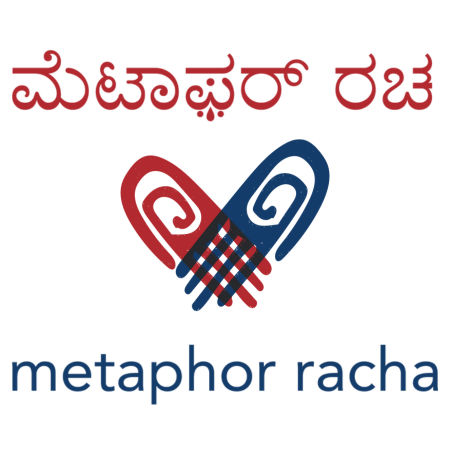We have tried our best to compress the entire exhaustive process of Syahi-Begar to a more readable format below, We hope to garner your support towards this craft and its documentation through our work.
Hari sarana: A process of de-sizing-scouring-bleaching to make the fabric water absorbent and white, which helps in getting uniform and bright colors. The fabric is soaked in water tanks for 24 hours and washed thoroughly to remove the starch, oil, and dirt in the fabric.
Peela karna - A process of treating the fabric with harda powder (Tanning). The purpose of this treatment is to make sure the metal salts react to tannin present in harda and thus the reaction formed between tannin and the metal ion is insoluble in water. The harda dyed fabric is dried and beaten to remove excess harda powder.


Once the fabric is scoured and mordanted, the fabric is ready for Syahi-begar chappai (printing).

Syahi (black): Iron salt solution is used to get the black color print. Waste iron particle or horseshoe is burnt and soaked in water for a period of time, brushed for rust and then put in cans with water and jaggery, then left to ferment for periods of months to yield a black dye. This solution is mixed with gum and tamarind seed powder to get the right consistency to print.

Begar (red): When harda treated fabric is printed with alum solution mixed with geru and gondh, it does not turn immediately into red color. A complex reaction between tannin of harda and aluminum is formed, after which when this fabric is treated with alizarin by the dyeing process, the alizarin forms a complex with aluminum to form red color.
(Maroon): Syahi water+ Begar paste is mixed in the quantity of 1% + 9%.
(Brown): Imli (Tamarind) seed powder is mixed with lal kashish and cooked.
Chapai: The printer spreads the harda treated fabric on a mej (a high wooden table) for printing. The syahi and begar printing pastes are poured into saj (printing trays). The saj contains Katli (bamboo net) with two layers of kambal or any thick fabric spread over it. The katli prevents the excess of printing paste coming to the surface, while the thick layer of fabric soaked in the printing paste helps in a uniform off-take of printing paste by the wooden block. The cloth is printed with syahi or begar in the first instance and sun-dried. After completing the printing with one of such pastes, printing with the second paste is conducted in the same manner and the fabric is dried. The drying process is called Sukhai locally.


Ghan rangayi (dyeing) is carried out in large tambri (copper vessel) which are heated by the wood fire. Alizarin is filled in potli (small cloth-bags) and dipped in the vessel. The quantity of alizarin dye is calculated by the experienced dyer. ‘Dhawadi Phool’, (Fire flame bush/woodfordia fruitcosa) a local flower is boiled along with alizarin to avoid patches and staining. Apart from this, a yellow shade is obtained using Nasphal which is a cold solution of anar ka chhilka ( pomegranate rind) and Haldi ( turmeric) As an overdye, nasphal generates a number of other shades: over indigo, it creates green, over kasumal it gives orange, and over red-dyed areas, it results in softer red-ochre shades. After that, it is rinsed in fitkari (Alum) solution and sun-dried.


